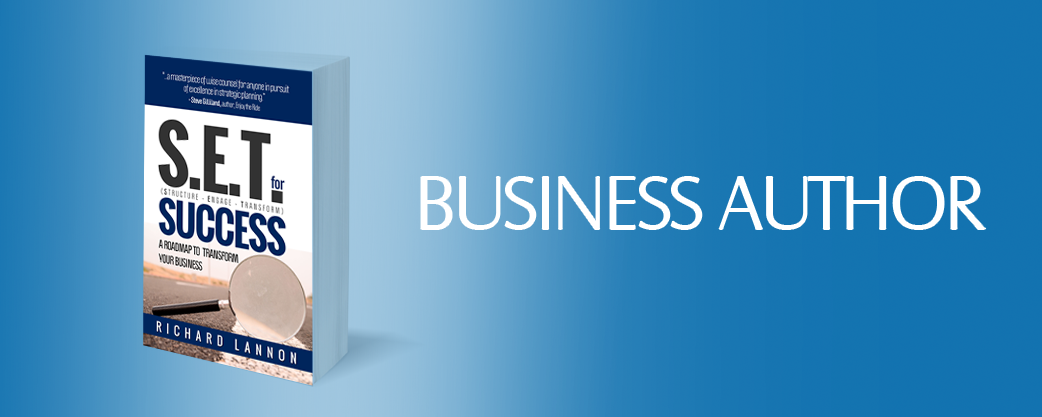The S.E.T. for Success Approach and the SET-Ability Model Revealed I have been asked by a lot of my blog readers what is the SET for Success Approach for building a strategic plan and an action roadmap. I have often hesitated to write this blog as I […]
Read more →Saying no is not a bad thing. Yet saying no doesn’t come easy for most people. No is actually something you should learn how say and use in business. No forces you to focus on what is important. If you don’t say no you end up with way […]
Read more →You just never know what is going to happen in your business life. Recently I had to work like crazy to get a bunch of deadlines completed to free my schedule so I could take an unexpected trip, half way across this wonderful country of ours, Canada. […]
Read more →It’s all Good! How many times have you heard this statement and wondered what it really meant? Maybe when we hear this phrase we need to think about what it implies and whether we should probe a little further. It is a simple platitude that may or […]
Read more →In June 2008, while I was teaching a three day workshop on facilitation and gathering and documenting business requirements, someone raised an issue about the economy and stated that the market is headed for a crash soon (within 6 months). Interestingly, the people attending the workshop were […]
Read more →Can you make it happen? That is a question that every one should ask and answer yes! We all can. Recently when working with a client we had to do that. The teams became stalled due to a business announcement around cost cutting. Suddenly the teams did […]
Read more →









